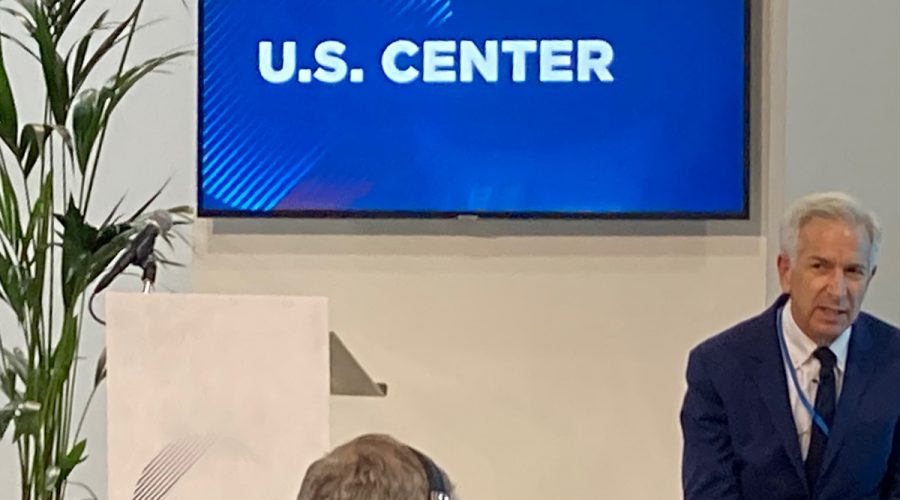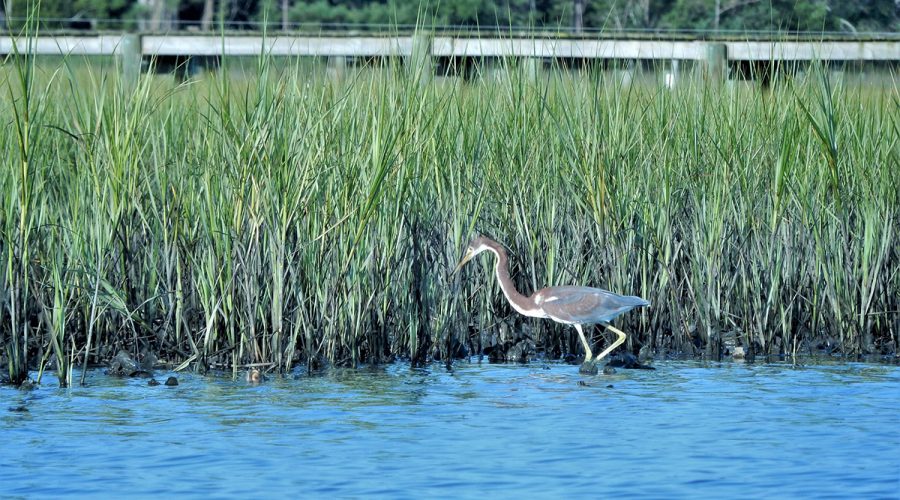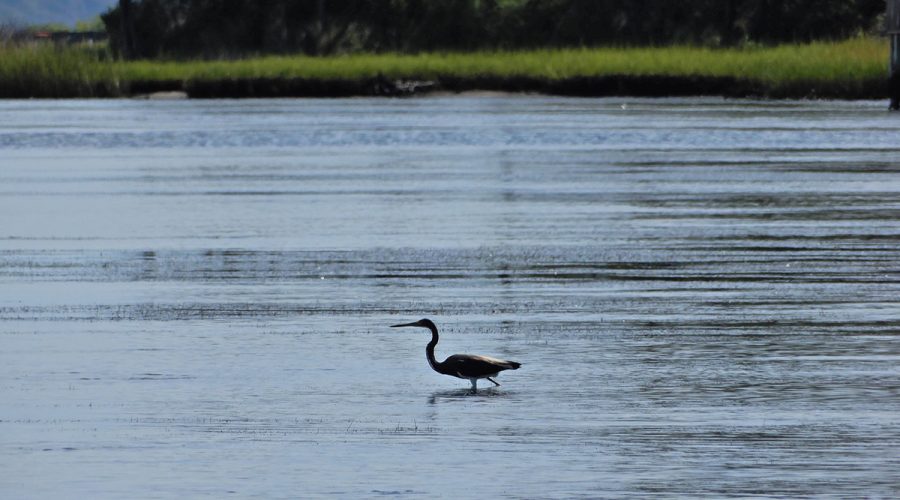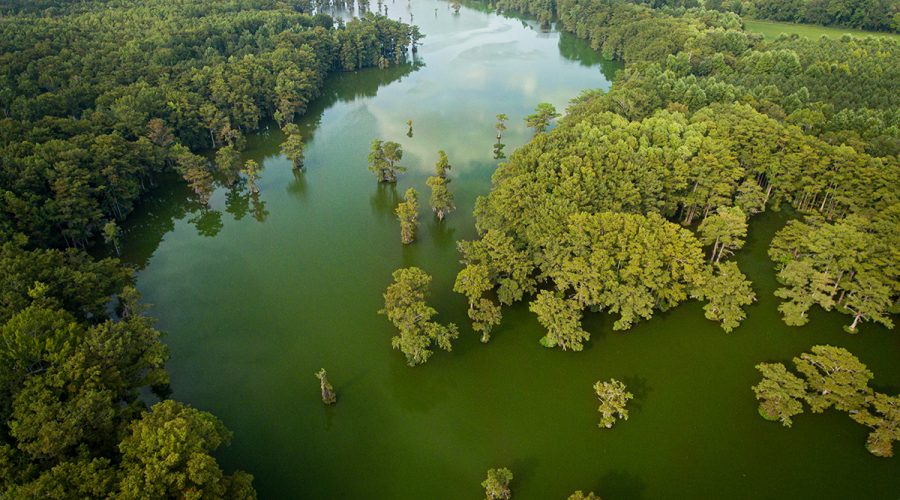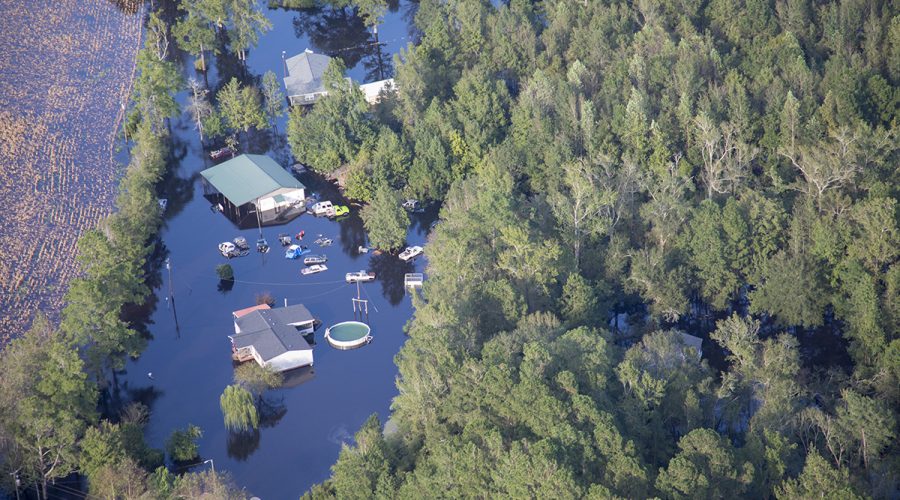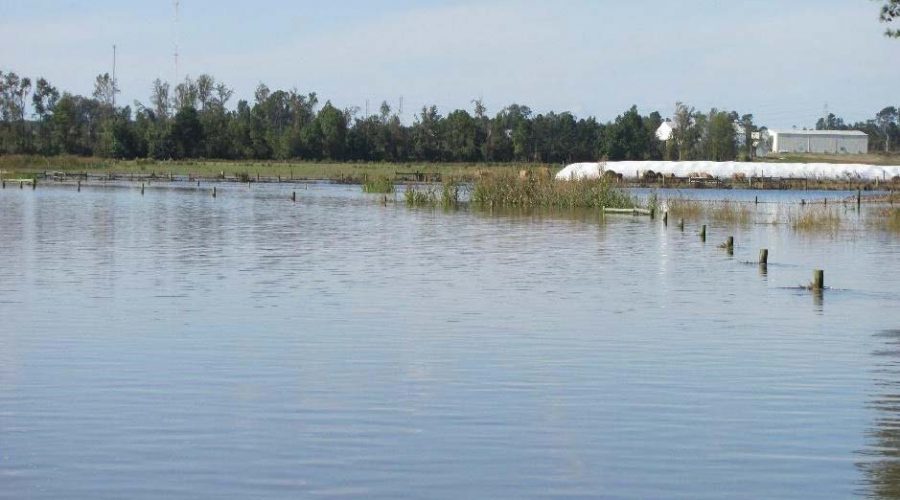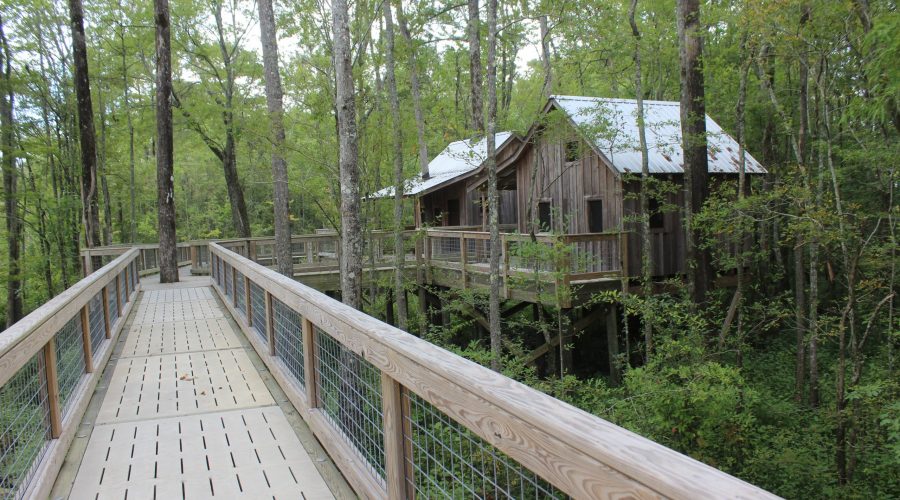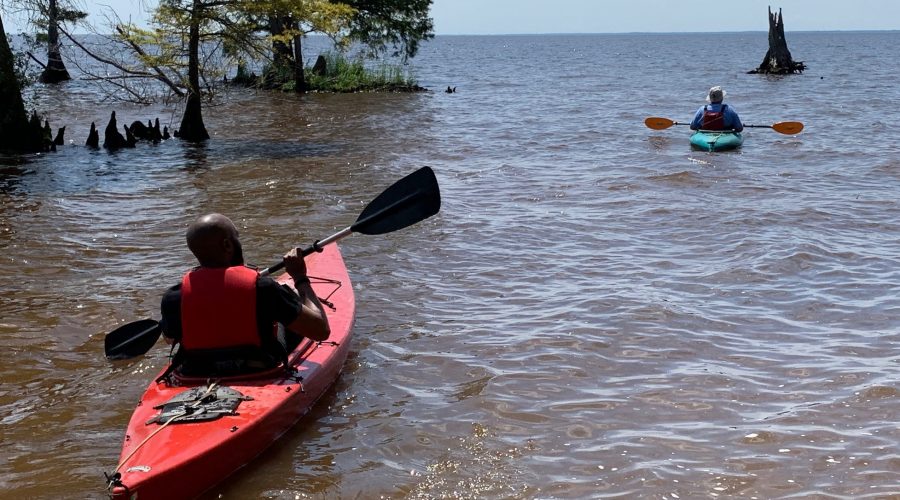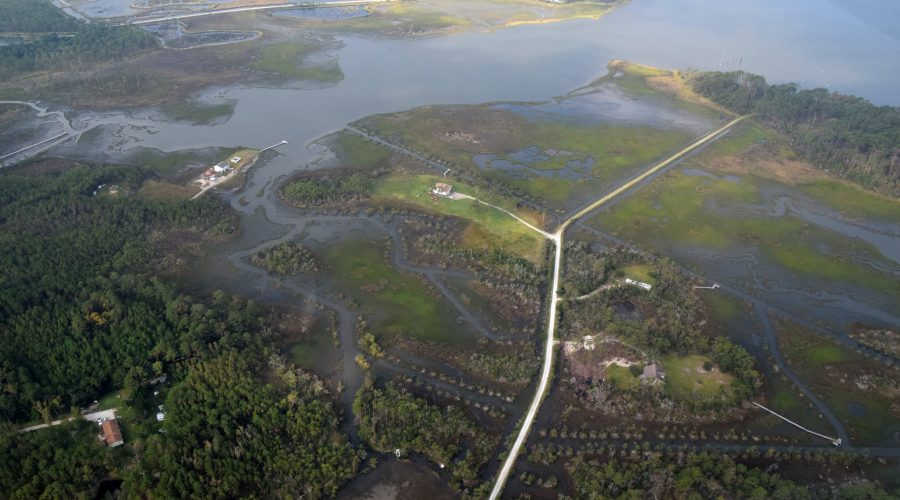More frequent storms with record amounts of rainfall have pummeled farms in the region and rising saltwater has reached low-lying fields, but while some still question the science, farmers are working to adapt.
Special Reports
Methane’s climate effects get new attention during summit
Methane’s role as a greenhouse gas was recently elevated to new prominence during the U.N. climate change conference in Glasgow, but here in North Carolina, addressing a big source of emissions won’t be easy.
An Outer Banks reporter walks into a global climate summit
Longtime Coastal Review correspondent Catherine Kozak recently attended the United Nations Climate Change Conference of the Parties, or COP26, where attendees seemed to know little about coastal North Carolina, despite the significant climate perils facing this part of the world.
Panel with stakes in clean water adds to coastal habitat plan
A group of nine people with backgrounds and interests in the coastal economy and related water quality issues provided its recommendations for improving the state’s Coastal Habitat Protection Plan.
Resilience, natural approach basis of habitat plan tweaks
Proposed amendments to the state’s official plan for protecting, restoring and conserving coastal habitats and fisheries drill in on newly specific priorities linked to water quality and climate change.
Something is causing more algal blooms in more places
Algal blooms have been recurring problems in the Chowan River Basin, but excess nutrients have triggered more and more, including those deemed harmful or toxic, but scientists aren’t sure exactly why.
Study finds combined threats to water quality after flooding
Results from a recent NC State study highlight the double whammy of microbial contamination of surface waters posed by failing human wastewater infrastructure and animal agriculture after storm inundations.
NC at a crossroads in dealing with water quality challenges
As North Carolina’s population continues to grow, algal blooms and other signs of human-caused nutrient pollution in rivers and estuaries stand to worsen.
Seeds of Resilience May Be In Forests, Farms
Support appears to be growing in North Carolina for using natural, restored and working lands to help offset carbon emissions and reduce flooding severity.
Coastal Resilience Goal of New State Program
The Resilient Coastal Communities Program is part of a statewide effort to help local governments address climate change-related risks.
Region Eyes Ecotourism as Key to Adaptation
There’s no easy answer when it comes to flooding in the Albemarle-Pamlico region, but there’s a move on to not only live with water, but also to capitalize on it.
NC Project Shows Opportunity in Resilience
Surrounded by water, nonprofits in NC’s “Inner Banks” region say bringing the environment to the people is key to community resilience.
Underserved, Underwater: Mapping a Future
Environmental justice communities are among the most at risk to the effects of climate change and while the state has made efforts to address these vulnerable populations, some say more must be done.
NC Charts New Course on Climate Change
With a shift in public perception and a statewide plan for climate resilience, efforts to shape policy and protect vulnerable communities still face challenges.
COVID-19 Curbs Roadside Litter Cleanups
COVID-19 precautions have prompted annual and seasonal roadside cleanups organized by state organizations and community volunteer groups to be canceled or postponed.
Turtle Trash Collectors Adapt to COVID-19
UNCW’s MarineQuest outreach program Turtle Trash Collectors has launched a citizen-science project to better understand how COVID-19 is affecting pollution and marine debris.


